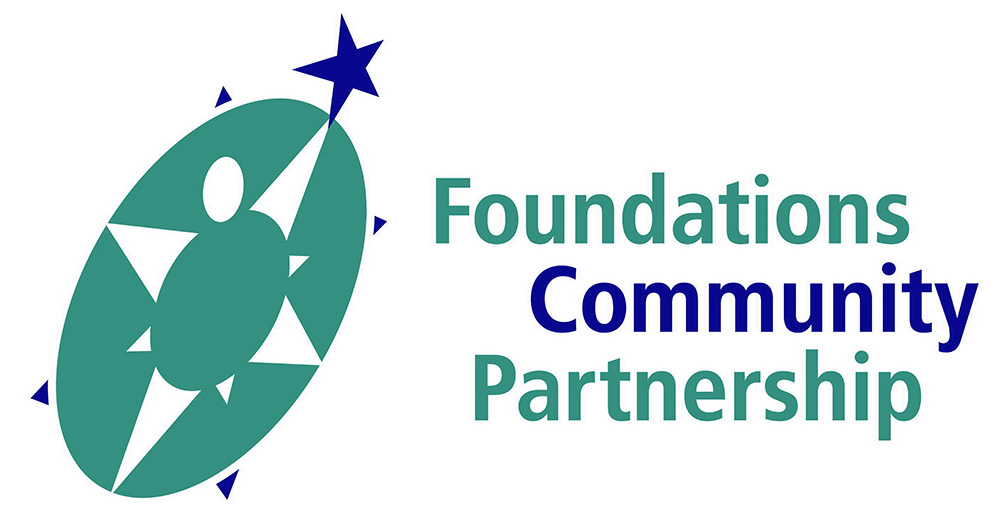Adolescent Risk Taking Behavior
This was a great workshop today from Dr. Bradley Connor. His topic, “Risk Taking in Adolescence” included three learning objectives: 1. Demonstrate an etiological model of risky behavior in adolescence. 2. Identify in adolescents, when risky behavior becomes pathological. 3. Evaluate treatment modalities for treating pathological risky behavior for adolescents.At the beginning of his presentation, Dr. Connor said that he talks fast. Boy, did he ever! My brain was on 78 RPM during his presentation! (that’s a very fast, old record player speed for the youngsters, under 60 years old). The good news for those of us able to keep up with his talk is that he presented a wealth of information in the three hours allotted for his workshop.
Dr. Connor presented research that discussed genetic and environmental etiology for risky behavior in adolescents. Most compelling was his ”Dual Process Model “ of risk taking behavior. He presented research that suggests that the “Mesocorticolimbic Dopamine Pathway” (It feels good!), part of the brain develops before the “Cognitive Control Pathway” (Is the risk worth the cost!). His research suggests that adolescents may take risks to feel excitement, before they are able to make a decision about the consequences. He pointed out that the full cognitive decision making process is typically not fully developed until age 25 for the adolescent.
Dr. Connor did a very nice job of defining the components of risk taking behavior. He discussed impulse control problems, and sensation seeking as separate issues. He described risky behavior related to sensation seeking as a lifelong personality trait that exits throughout the lifespan and across all cultures. Risk taking behavior is higher among boys than girls. His research suggests that this may also be a result of social influence to expect boys to take more risks than girls.
Dr. Connor’s talk showed that genetic and environmental factors play a role in adolescent risk taking behavior. Cerebral hormones such as dopamine, and the ability of the brain to process these chemicals is genetic, If the individual has difficulty metabolizing dopamine (genetics) then they are more sensitive to risk taking behavior. His research also suggests that environmental trauma such as physical, sexual abuse or sustained emotional trauma may contribute to risk taking behavior in adolescence.
Treatment methods that he suggested include: Prevention – Target children who show risky behavior in early years (elementary school), start communication and education. Open child-parent communication, offer alternative thrill seeking.Diversion-Difficult to replace learned habits of the“feel good” response for teenagers. Replace habits with alternative “feel good”activities such as adventure programs, sports programs.Motivation Enhancement Techniques to encourage behavior change, along with Cognitive Behavioral Therapy are effective in helping adolescents to reduce risk taking behavior.
